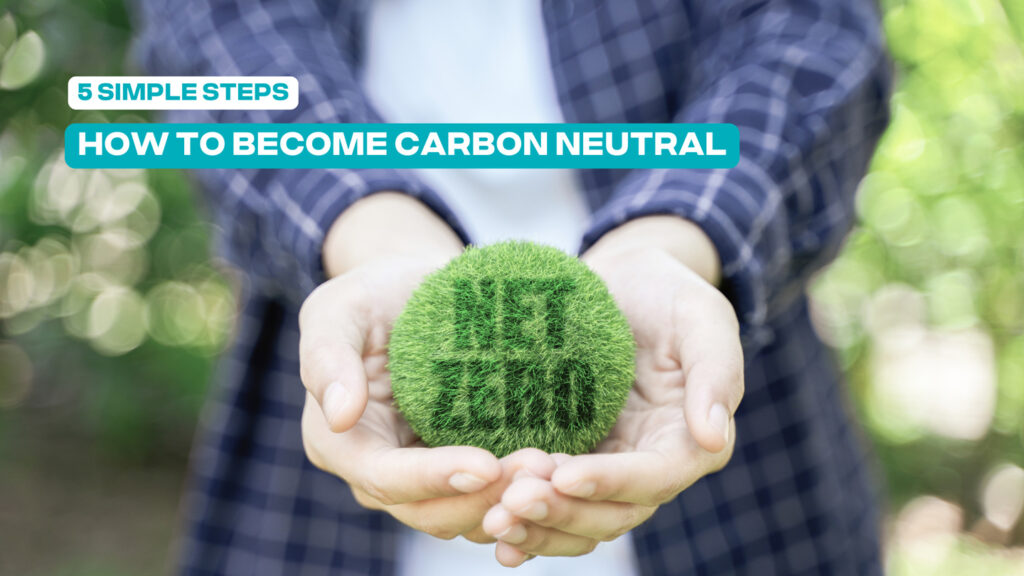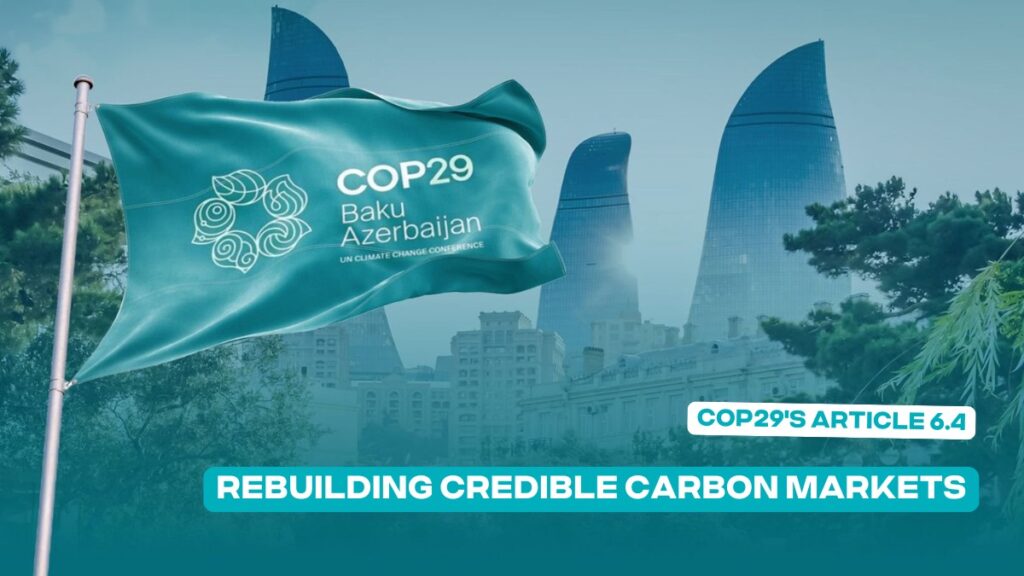As more people are looking to invest their money into companies that align with their environmental goals and values, ESG funds have become increasingly popular. ESG stands for Environmental, Social, and Governance.
The basic premise of ESG Investing is projecting a company’s long-term financial performance by calculating its performances reflected by their Environmental, Social, and Governance factors, and using that as a driver to decide whether to invest in the business. ESG Investing is also known as “impact investing” or “sustainable investing.”

ESG funds are especially popular for investors that want to contribute to reducing carbon emissions without compromising returns. According to the Global Sustainable Investment Alliance, the Socially Responsible Investing (SRI) sector rose from $8.7 trillion in 2016 to more than $12.0 trillion in 2018 – an impressive 38% increase.
You may ask, is ESG investing a way to make more money or a way to do more good?
“There is research that shows that investing in companies that show up well on ESG indexes does actually pay, and there would be a good reason for that,” said John Authers, Opinion Columnist from Bloomberg, “If you’re socially responsible, if you have good governance, if you’re ahead of the curve on the energy transition, you will probably do a bit better in the long run, so there are ways in which it has made money over time.”
How to Make Climate Conscious Investments
1. Choose Securities that Support Green Initiatives or Net Zero
There are three main types of green investments:
- Green funds: are mutual funds that only invest in socially conscious and environmentally-responsible companies. In 2020, $50 Billion were invested in green mutual funds, an increase of more than half compared to the inflows in 2021.
- Green Exchange-Traded Funds (ETFs): are funds which focuses on businesses engaged in or supporting environmentally-friendly technologies. For instance, some ETFs may concentrate on businesses that produce energy-saving machinery and equipment or develop alternative sources of energy.
- Green Energy Stocks: are products or companies that use natural sources to generate clean energy. Due to the surge of fuel prices, investments in renewable energy have been on the rise. The global renewable energy market was worth over $880 Billion in 2020, and it is predicted to reach $2 Trillion in 8 years.
2. Invest with the Right Banks
Did you know that your banking habits could be fueling climate change? Billions from pension and investment funds are invested by our banks into private equity firms, fossil conglomerates, and corporations that do not conform to net-zero emissions. A report from Rainforest Action Network and five other non-profits expose a list of banks that have provided over $3.8 Trillion to fossil fuel companies since 2015.
To make sure that you are trusting your money to a bank that isn’t a financier of climate change, research your current bank’s policies and find out if they truly align with your environmental goals. Our financial advisers can help you gain more insight into your current bank and guide you in converting your investments into a green and sustainable portfolio.
Today there were over 100 protests at @Barclays banks across the country
— Holly-Anna Petersen (@HollyAPetersen) November 14, 2022
Why? Because Barclays is the biggest financier of fossil fuels in Europe
There is already a history of protest stopping Barclays funding Apartheid, now it's time for them to stop funding climate breakdown. pic.twitter.com/GR82COjKZe
2. Support Eco-friendly Brands
Nowadays, there are eco-friendly alternatives to most products, whether it be clothing, food, appliances, or electronics. Supporting brands that produce their products or services in ways that conform to net-zero emissions means you’re choosing brands that align with your environmental values.
When you’re going shopping for products, place ethical and sustainable brands as your first option. To contribute to reducing plastic waste that fills our dumps and pollutes our oceans, begin using reusable products and choosing items with eco-friendly packaging. Agriculture is one of the biggest contributors to climate change, so incorporating meat-free foods into your diet will do wonders in reducing your personal footprint. To make sure you’re putting your money into where your values are, then it is important to always ask this question before purchasing anything: is there an eco-friendly alternative?
4. Invest in Green Bonds
Green bonds work similarly as regular bonds, but funds go towards supporting environmental movements and projects that reduce CO2 emissions, protect ecosystems, combat pollution, and more. Additionally, a lot of these green bonds come with impressive tax incentives.
Here are some examples of green bonds that exist on the market:
- VanEck Vectors Green Bond (GRNB)
- Domini Social Bond Fund (DFBSX)
- IShares Global Green Bond (BRGN)
- TIAA-CREF Core Impact Bond Fund (TSBIX)
5. Donate to Verified Carbon Offset Projects
Carbon offsetting is the process of compensating carbon dioxide emissions caused by human activity by funding initiatives and projects that effectively reduce an equivalent amount of CO2 emissions. One carbon credit is equal to one metric ton of CO2 removed from the atmosphere. To decarbonize the global economy and achieve Net Zero, carbon credits are essential.
Carbon credits are used to finance projects that benefit the environment, such as wind and solar farms, regenerating forests, and community projects, all with the goal of reducing or preventing carbon emissions. By contributing to these environmentally beneficial projects, businesses and people may actively reduce their carbon footprint.
Investing in a Greener Planet is Investing in a Better Future
Businesses and individuals can use our carbon calculators to calculate their carbon footprints, take action by implementing sustainable practices to lower their carbon footprints and make up for their carbon emissions by contributing to green projects all around the world, all while supporting worthwhile causes.
Learn more about your pension and investment funds, your banking habits, and your current investment portfolio by finding a Financial Adviser close to you to discuss your finances. Calculate your current carbon footprint using our free lifestyle emissions calculator, and offset your carbon emissions now via our portfolio of verified carbon offset projects.




